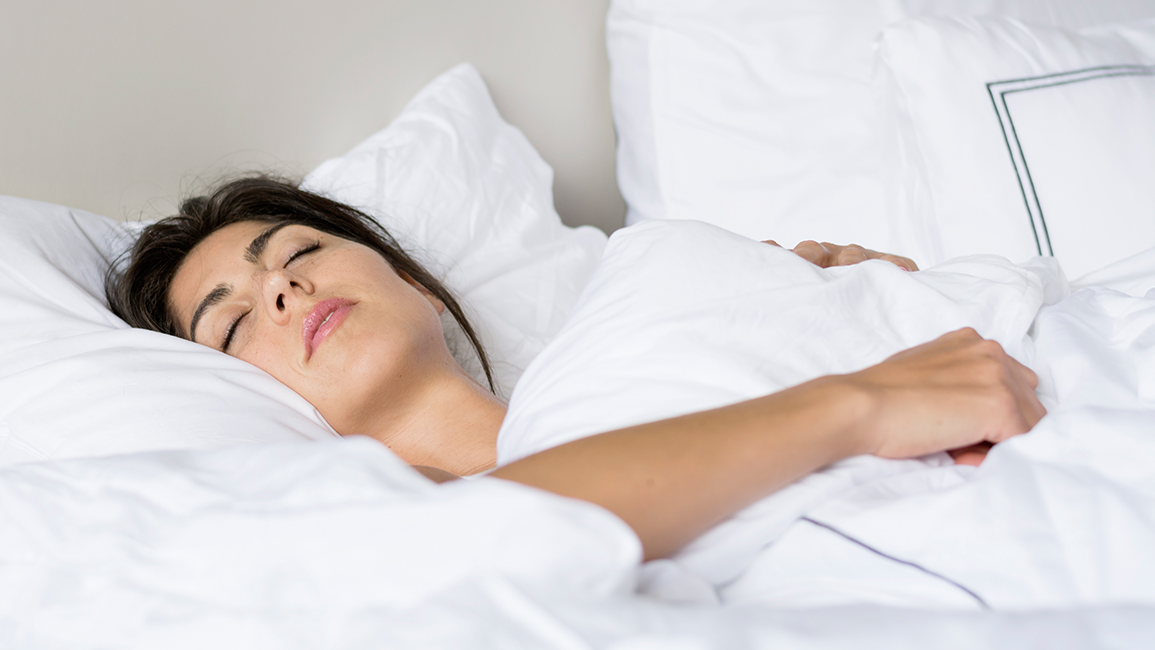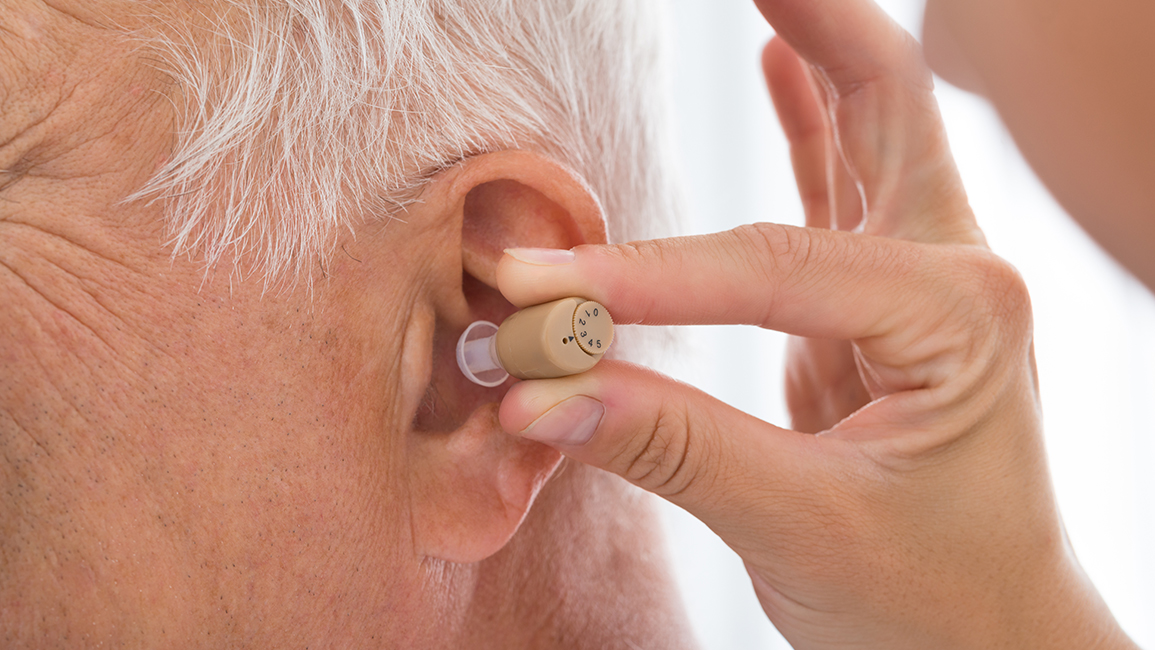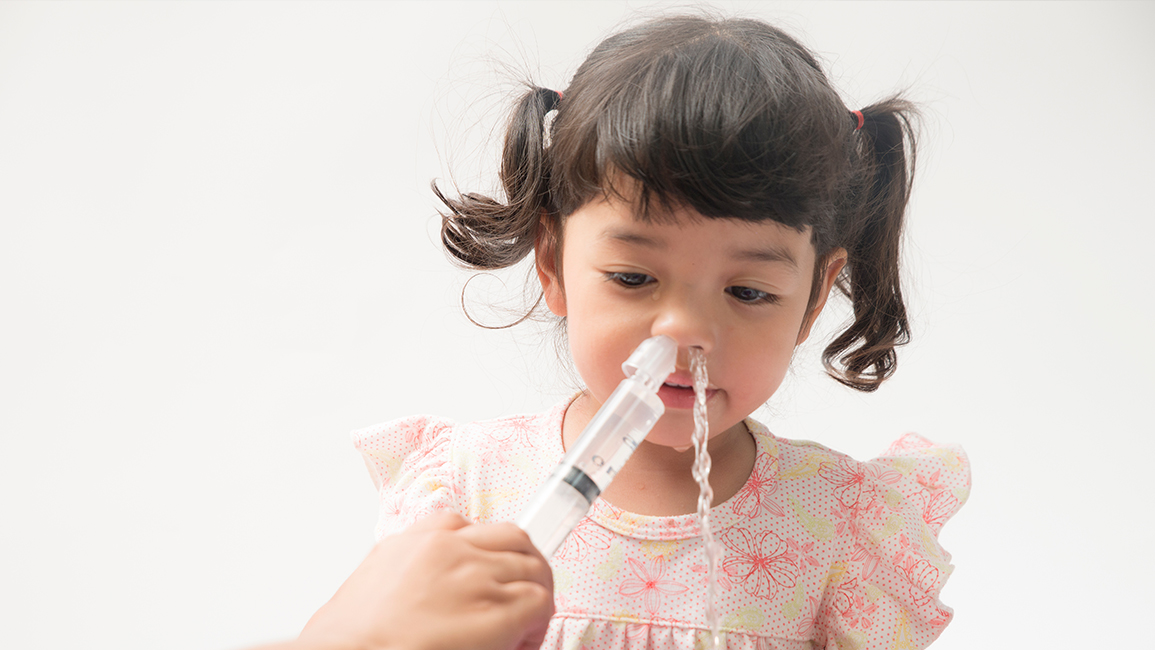Nasal Wash
Center : Ears Throat Nose Center
_614140049.jpg)
Nasal wash in older children: is to clean the nasal cavity by inserting or dropping water into the nose. Nasal washing helps to rinse out mucus and pus helps to keep the nasal cavities clean. It is recommended to use 0.9% saline solution because it can reduce the thickness of the mucus and preventing pathogen from growing.
Benefits of Washing Nose
- Helps to reduce the thick mucus that cannot be drained out by itself and clean the nasal cavity.
- Improve the chronic colds
- Improved drainage of pus from the sinus
- Prevents the spread of pathogen from the nose and sinus into the lungs
- Helps to reduce the number of pathogens, waste, allergens, and substances produced by the body's reactions to allergens
- Helps to keep the mucous membranes moist
- Relieves a stuffy nose resulting in improve breathing
- Relieves irritation in the nose
- Nasal wash before using nasal spray makes the nasal spray more effective
When to do nasal wash?
- When mucus is thick
- Before using nasal spray
How to do nasal wash?
- Prepare nasal wash kit: saline solution of 0.9% concentration which can be bought from hospital or pharmacy. 100 cc is recommended. The left-over saline solution should be poured away do not reuse or pour back into the saline bottle.
- A clean cup to contain saline solution
- 10-20 cc plastic bulb syringe (without needle)
- Container to collect mucus and phlegm
- Tissue paper
Nasal wash method
- Wash hands
- Pour saline solution into the container and use a bulb syringe to suck in the saline solution
- Squeeze the saline solution into the nose
Elder children have 2 methods of squeeze saline solution- 1st Method
- Lift the face up slightly
- Insert the bulb syringe into the nasal that is going to wash by placing it to the nasal top
- Hold the breath or breathe through mouth (To prevent choking)
- Slowly squeeze the saline solution about 5 cc or as much as the child can tolerate. After that, instructing the child to blow the mucus out (do not cover the nasal). Do not hold the breath to hold the saline solution for too long. Split the saline solution and the phlegm out.
- Repeat many times for each nasal cavity until there is no mucus left.
- 2nd Method
- Bending the head down slightly or putting head in straight position
- Insert the bulb syringe as in the first method
- Breath through the mouth or holding breath
- Squeeze the saline solution into the nasal cavity until the mucus pass through the mouth or flows back through the other side of the nose
- Blow both sides of the nose at the same time without covering another side. Spit out the saline solution and mucus down. Spit out the phlegm in the throat
- Repeat many times on each nose until there is no mucus left
(Remark: This method may use a lot of saline solution)
- 1st Method
Method of cleaning nasal washing equipment
Rinse all the equipment that are used to wash the nose every time with soapy water or dishwashing detergent. Rinse with tap water until clean and dry.
How often should the nose be washed?
At least 2 times a day: waking up in the morning and before going to bed or when there is thick mucus or stuffy nose or before using nasal spray. It is advisable to do this during an empty stomach, as this will not cause vomiting.
Is nasal wash dangerous? If it is done correctly and at the right time there should be no danger. Danger may be due to choking and infection in the sinus cavity. Choking will not occur, if the method is correct. Nasal washing should be done before eating or after meal for at least 2 hours to prevent vomiting or choking.
Caution
Saline solution and the washing equipment must be clean. The saline solution should not be using big bottle because if it is left for too long pathogen can accumulate. The common size is 100 cc. Besides, nasal washing should be done when the mucus is thick. (If the mucus is not much just blow it out). After squeezing the saline solution into the nasal cavity, blow out the mucus immediately. Do not hold breath to hold the saline solution in the nose for too long as it may flow back into the sinus. Blow the nose gently do not need to cover the nose on the other side because it can cause the eardrum to rupture.
Online Consultation
Free of Charge
Article of Ears Throat Nose Center




_614140049.jpg)
